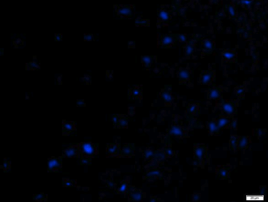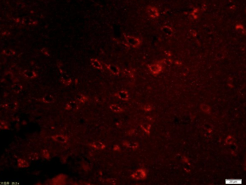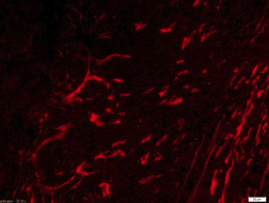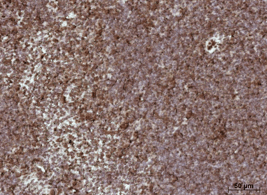
IMMUNOHISTOCHEMISTRY / IMMUNOFLUORESCENCE TIPS
We are dedicated to helping our customers achieve exceptional results. While the information below can never be an exclusive solution to every problem you may encounter; it is our hope that you will find the information useful and even beneficial in troubleshooting any problems you may have. Of course, if you find you are still having problems you may submit them to us using this IHC-P Troubleshooting Form.
SYMPTOMS
Lack of staining
Lack of antigen |
Check protein expression by in situ hybridization. |
Improper storage of antibodies |
Follow storage instructions on the datasheet. Aliquot antibodies in a sufficent volume to make a working solution for a single experiment. Store aliquots in a manual defrost freezer (-20 to -70 °C) and avoid repeated freeze-thaw cycles. |
Inactive primary or secondary antibodies |
Check antibodies independently on a dot blot. |
Inadequate tissue fixation |
Increase or decrease fixation incubation, and try to change the fixative. |
Over fixation |
Reduce the duration of the immersion or post-fixation steps and be sure to include the Antigen Retrival step. |
Antigen destroyed prior to staining |
If quenching of endogenous peroxidase was done prior to the addition of primary antibodies, block peroxidase after incubation with the primary antibody. |
Epitope altered during embedding or fixation |
Embed tissue at 58 °C or below. Try restoring immunoreactivity through various antigen retrieval techniques. |
Incomplete deparaffization |
Use fresh xylene and increase xylene incubation time. |
Insufficient antibody incubation |
Incubate primary antibody overnight at 4°C |
Photobleaching |
Ensure to proceed with all steps in the dark. |
Antigen retrieval was ineffective |
Try to change the incubation time and also change solutions. |
Antibodies are not compatible |
Make sure you use a secondary antibody that was raised against the primary antibody species. Make sure that the isotypes of the primary and secondary are compatible. |
High background
Hydrophobic interactions of the antibody and proteins in the tissue |
Lower the salt concentration of the antibody stain buffer. |
Tissue sections have dried out |
Examine the tissue; sections with higher background staining at the edges than towards the center are often dried out. Prevent tissue sections drying out by keeping them in a humidified chamber. |
Non-specific binding of primary antibody |
Use the blocking step just prior to primary antibody incubation. |
Non-specific binding of secondary antibody |
Use an antibody that has cross-reactive IgG species removed (pre absorbed against sample species). |
Ionic interactions |
Ensure to change buffers. |
Antibody is binding to Fc receptors on the target's cell surface |
To block open binding sites, use 10% serum of the host secondary antibody. |
Incubation temperature may be too high |
Be sure to incubate at a temperature of 4°C. |
Tissue inadequately washed |
Include washing steps with fresh PBS/TBS. |
Endogenous peroxidase |
Use a peroxidase quenching buffer in blocking step before primary antibody. |
Permeablization of membrane |
Be sure to remove detergents from buffers. |
Fixative was too strong |
The epitope was modified, so be sure to change the antigen retrieval method. |
Non-specific staining
Antibody incubation too long |
Lessen the primary antibody incubation time. |
Endogenous peroxidase |
Use a peroxidase quenching buffer in the blocking step before the primary antibody. |
Sections have dried-out |
Ensure to keep slides in a humidity chamber. |
Delay in fixation |
Be sure to fix the tissue immediately. |
Insufficient washing/blocking |
Increase the washing time and number of washes. |
Overstaining
Primary antibodies too concentrated |
Dilute primary antibody solution. Perform a titration to determine optimal antibody dilution. |
No or weak staining

Tissues have dried out |
Cover the tissues in liquid at all times during the experiment. |



